Located in part of what is now Jagiellonian University in Kraków Old Town, Poland, the Collegium Maius (“Great College” in Latin), is the university’s oldest building and one of the best examples of 15th-century Gothic architecture in the city.
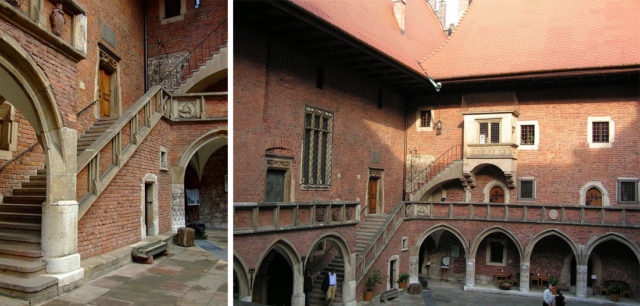
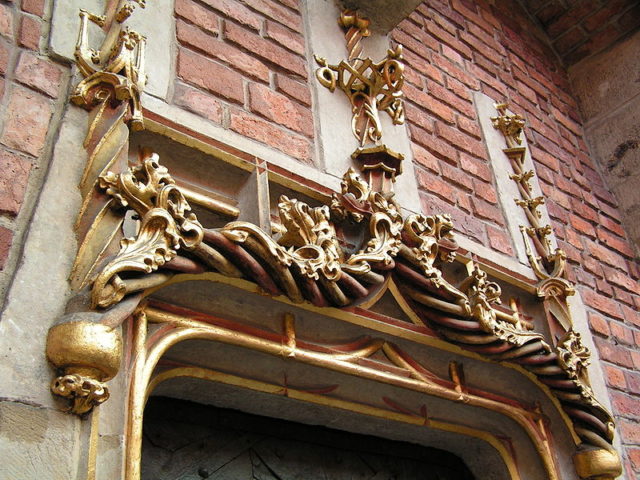
The origins of the Jagiellonian University’s holdings go back to the fifteenth century when the Polish scholar and lecturer at the universities of Cracow, Padua and Bologna, Marcin Bylica, presented his astronomical instruments to Cracow’s Alma Mater in 1492, thus starting a collection of “scientific objects and curios”. Grown for years through royal and magnate endowments and gifts by scholars and collectors, the holdings became dispersed during World War II. Luckily, most of them were returned after the War and made available for the public to see in 1964, on the 600th anniversary of the Jagiellonian University.
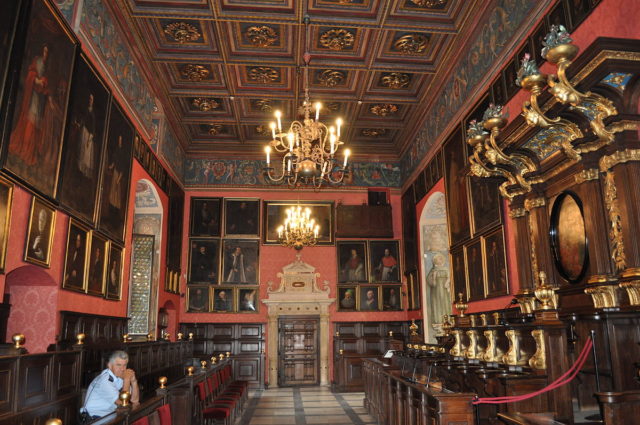
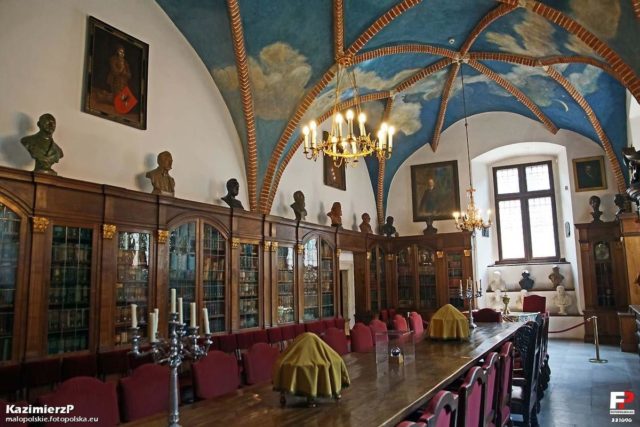
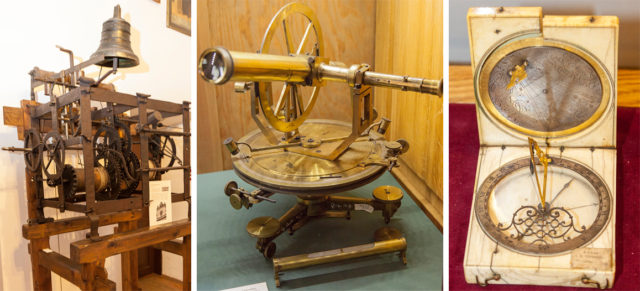
In the 1490s, the Collegium Maius counted among its students Nicolaus Copernicus, and the Renaissance astronomer that revolutionized entire European science remains the most illustrious of Krakow university’s graduates together with Pope John Paul II. Throughout the sumptuously outfitted rooms are a number of cases filled with astrolabes, telescopes, globes, clocks, weights, and more, much of which was used by Copernicus himself.
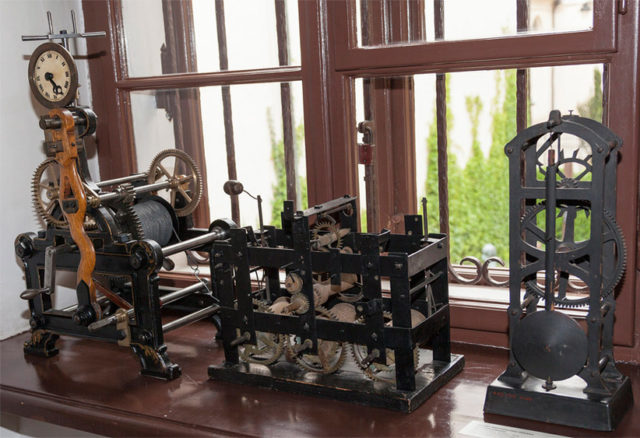
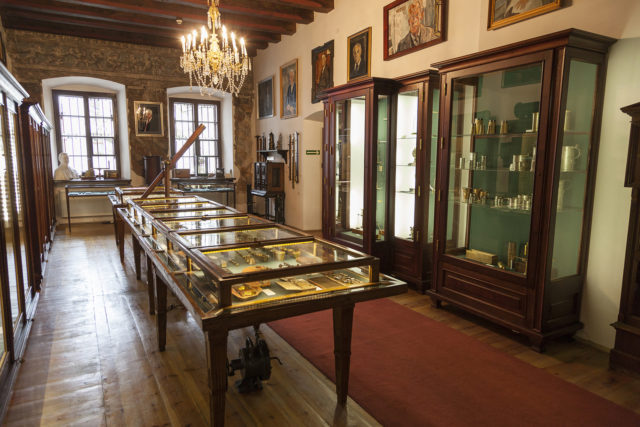
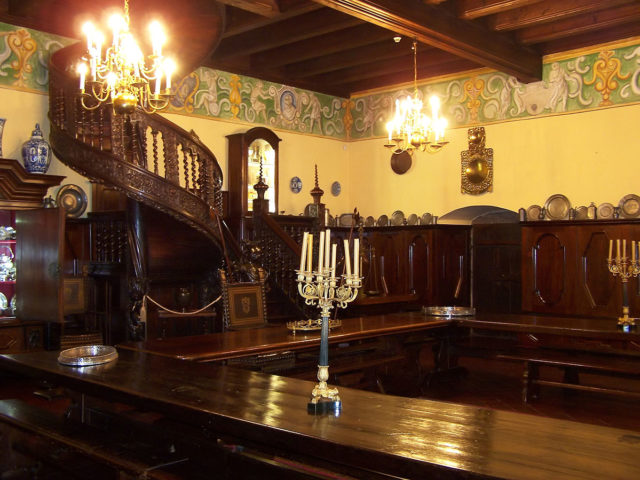
Over centuries a whole university quarter has arisen around the Collegium Maius, while the old college became first the university library and then the university museum rich in unrivaled exhibits. In the early 20th century, the space was turned into a museum displaying the college’s historic architecture and an impressive collection of 15th through 19th-century clocks, eighteenth-century microscopes, thermometers, balances, weights, and other scientific equipment. The Collegium Maius Museum also features lecture rooms, communal halls, professors’ quarters, art collections, a library and a treasury containing rectors’ Gothic maces and the Jagiellonian globe.
